How to Spot and Manage Allergies in Dogs and Cats
As the flowers bloom and the temperatures rise, spring brings a welcome change for many. However, for some pets, this season can also trigger allergies, causing discomfort and irritation. Just like humans, dogs and cats can develop allergic reactions to pollen, grass, and other environmental allergens. Here’s how to spot the signs and manage springtime allergies in your furry companions.
Signs of Spring Allergies in Pets
Spring allergies in dogs and cats often present as skin or respiratory issues. Some common signs to watch for include:
- Itchy skin and excessive scratching – Pets with allergies may constantly scratch, lick, or chew at their paws and bodies.
- Red, inflamed skin – Allergic reactions can cause redness, rashes, or hot spots, especially around the ears, belly, and paws.
- Watery eyes and sneezing – Just like hay fever in humans, pets may develop runny eyes, sneezing, and nasal discharge.
- Ear infections – Frequent head shaking and ear scratching can indicate an allergic response leading to ear infections.
- Excessive paw licking – Allergies often cause irritation in the paws, leading to constant licking or chewing.
Common Springtime Allergens
Spring allergies are often caused by environmental factors, including:

Pollen in Trees, Flowers and Grass
Pollen is a fine powder produced by plants for reproduction. It is carried by wind, insects, or animals and can trigger allergies in pets, causing itching, sneezing, and skin irritation.
Mould Spores
Mould spores are tiny airborne particles released by moulds, a type of fungus. They thrive in damp environments and can trigger pet allergies, causing itching, sneezing, and respiratory issues.
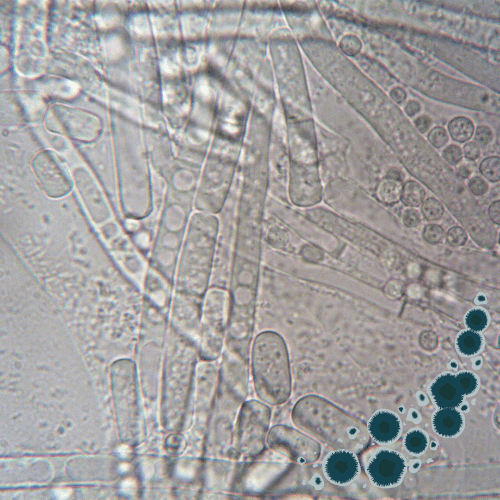
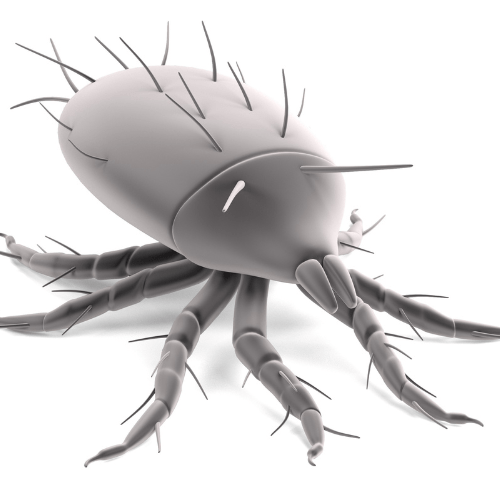
Dust Mites
Dust mites are microscopic insects that thrive in warm, humid environments, feeding on dead skin cells. Their waste and shed body parts can trigger allergies in pets, causing itching, sneezing, and skin irritation.
Flea Bites (flea allergy dermatitis)
Flea allergy dermatitis (FAD) is an allergic reaction to flea saliva, causing intense itching, redness, hair loss, and skin infections in pets. Even a single flea bite can trigger symptoms in sensitive animals.
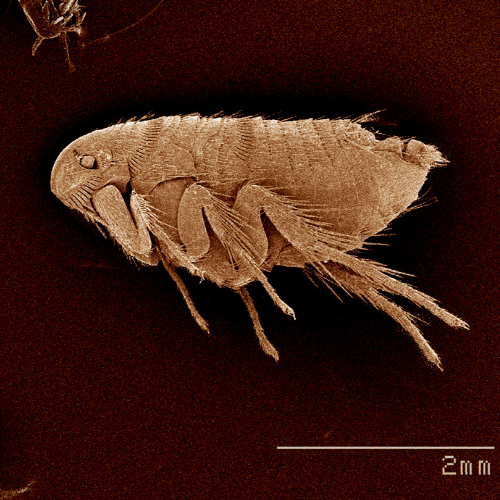
How to Manage Pet Allergies
If your pet is showing signs of allergies, there are several steps you can take to ease their discomfort:

Reduce Allergen Exposure
Wipe your pet’s paws and fur with a damp cloth after walks to remove pollen.
Bathe them regularly with a vet-approved hypoallergenic shampoo to soothe irritated skin.
Keep windows closed during high pollen days to reduce airborne allergens indoors.
Wash bedding frequently to minimise dust mites and allergens.
Flea Prevention
Flea allergies can make seasonal allergies worse, so keeping up with regular flea prevention is crucial.
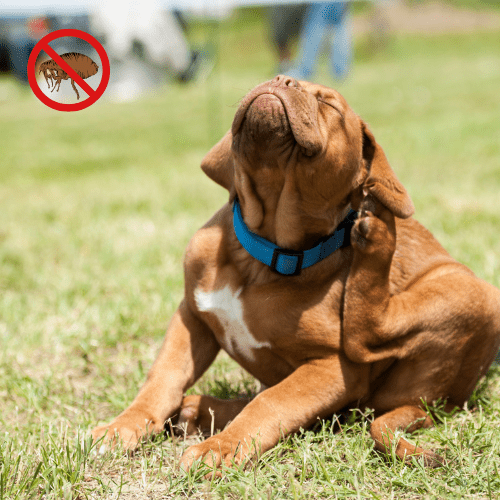

Dietary Support
A balanced diet rich in omega-3 fatty acids can help support skin health and reduce inflammation.
Veterinary Treatments
If symptoms persist, your vet may recommend antihistamines, medicated shampoos, or prescription allergy treatments to manage your pet’s condition effectively.
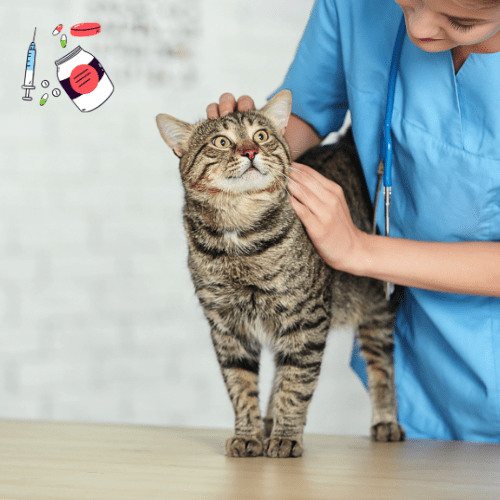
When to See A Vet?
If your pet’s symptoms become severe, such as intense scratching, hair loss, or secondary infections, it’s essential to seek veterinary advice. At Warren House Veterinary Centre, we can assess your pet’s allergies and recommend the best treatment plan to keep them comfortable this spring.
Final Thoughts
Final Thoughts
Spring allergies can be frustrating for both pets and their owners, but with the right care and management, your furry friend can enjoy the season comfortably. If you suspect your pet has allergies, don’t hesitate to contact us for advice and treatment options.
Does your pet suffer from spring allergies? Please book a consultation with us today to keep your dog happy and itch-free this season!
Thanks for reading—until next time!

